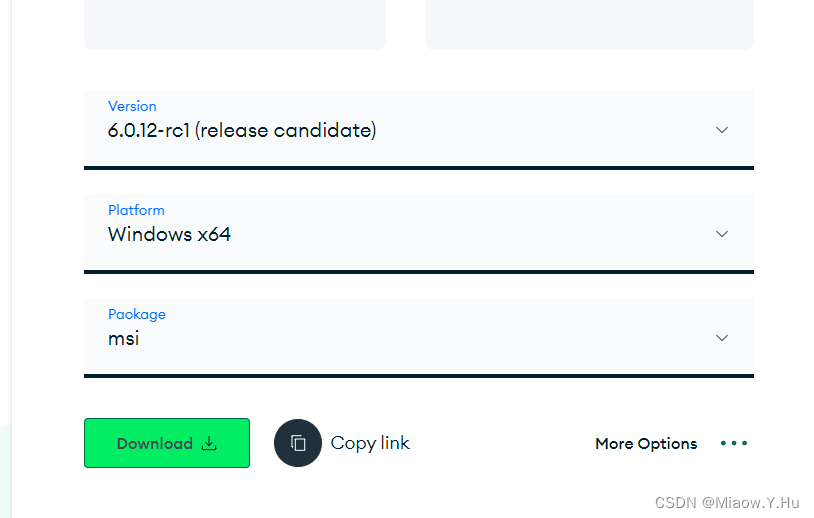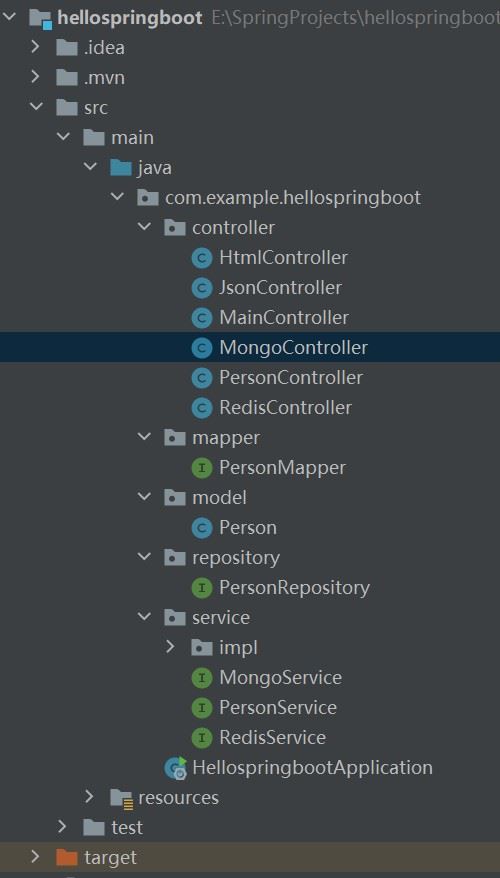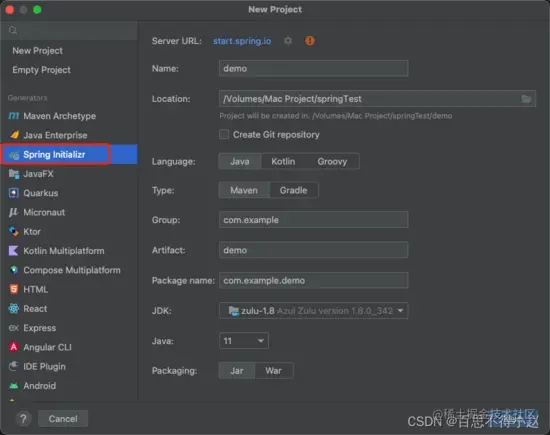JdbcTemplate 概述
在之前的Javaweb学习中,学习了手动封装JdbcTemplate,其好处是通过(sql语句+参数)模板化了编程。而真正的JdbcTemplate类,是Spring框架为我们写好的。它是 Spring 框架中提供的一个对象,是对原始 Jdbc API 对象的简单封装。除了JdbcTemplate,spring 框架还为我们提供了很多的操作模板类。
- 操作关系型数据的:
JdbcTemplate和HibernateTemplate。 - 操作 nosql 数据库的:RedisTemplate。
- 操作消息队列的:JmsTemplate。
Spring框架的JdbcTemplate在spring-jdbc的jar包中,,除了要导入这个 jar 包
外,还需要导入一个 spring-tx的jar包(它是和事务相关的)。当然连接池的jar包也不能忘记,这里使用的是c3p0。
使用JdbcTemplate一定要导入Spring的数据库模块的三个jar:
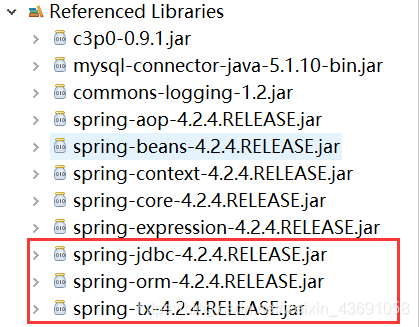
使用JdbcTemplate可以快捷的操作数据库,本文章针对JdbcTemplate进行演示。本文所使用的数据库表为jdbctemplate中的employee,表的内容如下。
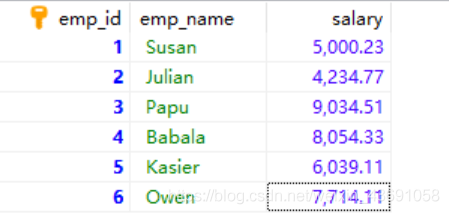
对JdbcTemplate进行分步演示
1:测试数据源
数据库配置文件
jdbctemplate数据库在本地数据库中已经创建。
jdbc.user=root jdbc.password=Hudie jdbc.jdbcUrl=jdbc:mysql://localhost:3306/jdbctemplate jdbc.driverClass=com.mysql.jdbc.Driver
xml配置文件
<!-- 引入外部配置文件 -->
<context:property-placeholder location="classpath:dbconfig.properties" />
<!-- 配置数据源 -->
<bean id="dataSource"
class="com.mchange.v2.c3p0.ComboPooledDataSource">
<property name="user" value="${jdbc.user}"></property>
<property name="password" value="${jdbc.password}"></property>
<property name="jdbcUrl" value="${jdbc.jdbcUrl}"></property>
<property name="driverClass" value="${jdbc.driverClass}"></property>
</bean>
测试获取连接
public class txTest {
ApplicationContext ioc = new ClassPathXmlApplicationContext("ApplicationContext.xml");
@Test
public void test() throws SQLException {
DataSource bean = ioc.getBean(DataSource.class);
Connection connection = bean.getConnection();
System.out.println(connection);
connection.close();
}
}
执行测试,成功获取到连接。

2:为IoC容器配置一个JdbcTemplate
如果通过编码来进行获得一个JdbcTemplate对象,可以使用new JdbcTemplate(dataSource);,不过由于这个对象经常使用,将其放在IoC容器中更合适。
具体配置如下:
<!-- Spring提供了一个JdbcTmplate来操作数据库 --> <bean id="jdbcTemplate" class="org.springframework.jdbc.core.JdbcTemplate"> <constructor-arg name="dataSource" ref="dataSource"></constructor-arg> </bean>
测试
public class txTest {
ApplicationContext ioc = new ClassPathXmlApplicationContext("ApplicationContext.xml");
JdbcTemplate jdbcTemplate= ioc.getBean(JdbcTemplate.class);
@Test
public void test2() {
System.out.println(jdbcTemplate);
}
}
成功打印出JdbcTemplate对象。

3:更新
将emp_id=5的记录salary字段改为1300.00
jdbcTemplate.updat():表示更新一条记录。
@Test
public void test3() {
String sql = "update employee set salary = ? where emp_id=?;";
int update = jdbcTemplate.update(sql, 1300.00, 5);
System.out.println("更新员工表,影响" + update + "行");
}

4:批量插入
jdbcTemplate.batchUpdate(sql, batchArgs):表示批量进行插入,插入一个list集合,返回的是影响的行数。
@Test
public void test4() {
String sql = "insert into employee (emp_name,salary) values(?,?)";
List<Object[]> batchArgs = new ArrayList<Object[]>();
batchArgs.add(new Object[] { "张三", 998.98 });
batchArgs.add(new Object[] { "李四", 998.98 });
batchArgs.add(new Object[] { "王五", 998.98 });
batchArgs.add(new Object[] { "赵六", 998.98 });
// List的长度就是sql语句执行的次数
int[] is = jdbcTemplate.batchUpdate(sql, batchArgs);
for (int i : is) {
System.out.println(i);
}
}
int[] is = jdbcTemplate.batchUpdate(sql, batchArgs);返回的结果是影响的行数。

5:查询emp_id=5的记录,封装为一个Java对象返回。
创建JavaBean
package com.gql.bean;
public class Employee {
private Integer empId;
private String empName;
private Double salary;
//省略setter、getter与toString方法。
}
查询并封装单条记录
@Test
public void test5() {
String sql = "select emp_id empId,emp_name empName,salary from employee where emp_id=?";
// rowMapper:规定每一行记录和JavaBean的属性如何映射
Employee employee = jdbcTemplate.queryForObject(sql, new BeanPropertyRowMapper<>(Employee.class), 5);
System.out.println(employee);
}

6:查询salary>4000的记录,封装为List集合返回
@Test
public void test6() {
String sql = "select emp_id empId,emp_name empName,salary from employee where salary>?";
List<Employee> list = jdbcTemplate.query(sql, new BeanPropertyRowMapper<>(Employee.class), 4000);
for (Employee employee : list) {
System.out.println(employee);
}
}
成功将salary>400的记录封装进list集合。

7:查询最大的salary
使用mysql的max函数可以获得最大的salary,调用queryForObject方法,返回Double类型。
@Test
public void test7() {
String sql = "select max(salary) from employee";
Double object = jdbcTemplate.queryForObject(sql, Double.class);
System.out.println("最高工资是:" + object);
}

8:使用具名参数SQL插入一条员工记录,并以Map形式传入参数值。
Spring中使用namedParameterJdbcTemplate来进行含有具名SQL的操作。
将namedParameterJdbcTemplate加到IoC容器中。
<!-- 配置一个具名参数的Jdbctemplate --> <bean id="namedParameterJdbcTemplate" class="org.springframework.jdbc.core.namedparam.NamedParameterJdbcTemplate"> <!-- 使用构造器注入一个数据源 --> <constructor-arg name="dataSource" ref="dataSource"></constructor-arg> </bean>
在测试中以Map形式传入参数值。
public class txTest {
ApplicationContext ioc = new ClassPathXmlApplicationContext("ApplicationContext.xml");
JdbcTemplate jdbcTemplate = ioc.getBean(JdbcTemplate.class);
NamedParameterJdbcTemplate namedJdbcTemplate = ioc.getBean(NamedParameterJdbcTemplate.class);
@Test
public void test9() {
String sql = "insert into employee (emp_name,salary) values(:empName,:salary)";
Map<String, Object> paramMap = new HashMap<>();
// 将所有具名参数的值都放在map中
paramMap.put("empName", "小红");
paramMap.put("salary", 12000.00);
int update = namedJdbcTemplate.update(sql, paramMap);
System.out.println(update);
}
}
9:使用具名参数SQL插入一条员工记录,并以SqlparamSource传入参数值。
与上一条实验类似,只是选用了不同的参数类型。
@Test
public void test10() {
String sql = "insert into employee (emp_name,salary) values(:empName,:salary)";
Employee employee = new Employee();
employee.setEmpName("小蓝");
employee.setSalary(9999.00);
int i = namedJdbcTemplate.update(sql, new BeanPropertySqlParameterSource(employee));
System.out.println(i);
}
到此这篇关于Spring框架的JdbcTemplate使用的文章就介绍到这了,更多相关Spring JdbcTemplate内容请搜索好代码网以前的文章或继续浏览下面的相关文章希望大家以后多多支持好代码网!

